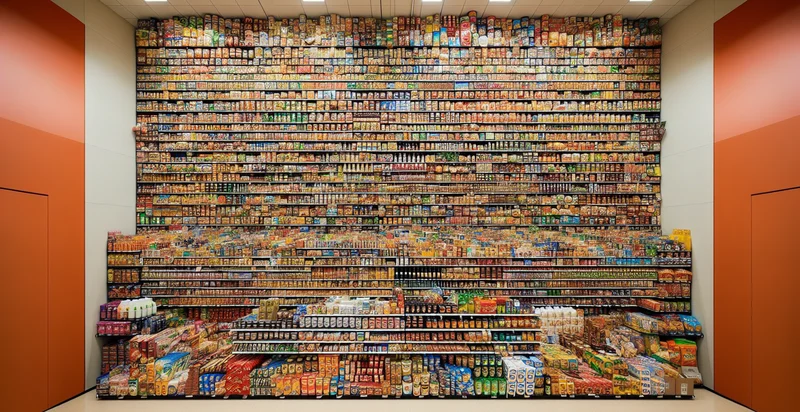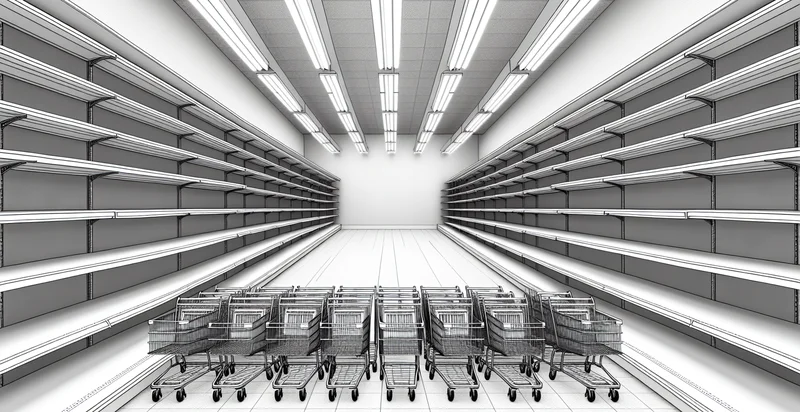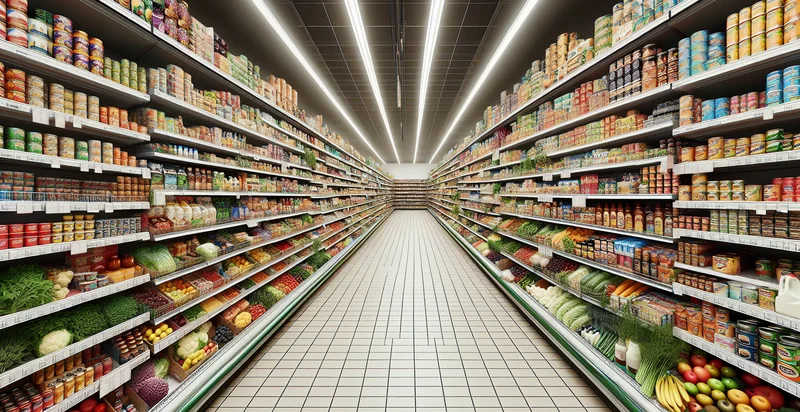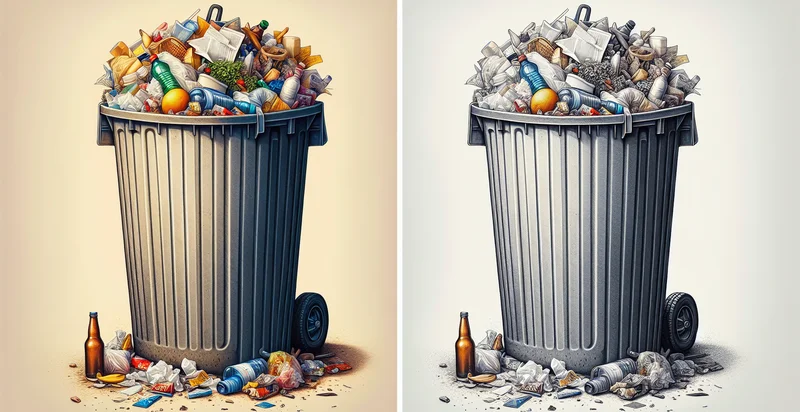Identify if grocery store shelves are full
using AI
Below is a free classifier to identify if grocery store shelves are full. Just upload your image, and our AI will predict if grocery store shelves are full - in just seconds.

Contact us for API access
Or, use Nyckel to build highly-accurate custom classifiers in just minutes. No PhD required.
Get started
import nyckel
credentials = nyckel.Credentials("YOUR_CLIENT_ID", "YOUR_CLIENT_SECRET")
nyckel.invoke("if-grocery-store-shelves-are-full", "your_image_url", credentials)
fetch('https://www.nyckel.com/v1/functions/if-grocery-store-shelves-are-full/invoke', {
method: 'POST',
headers: {
'Authorization': 'Bearer ' + 'YOUR_BEARER_TOKEN',
'Content-Type': 'application/json',
},
body: JSON.stringify(
{"data": "your_image_url"}
)
})
.then(response => response.json())
.then(data => console.log(data));
curl -X POST \
-H "Content-Type: application/json" \
-H "Authorization: Bearer YOUR_BEARER_TOKEN" \
-d '{"data": "your_image_url"}' \
https://www.nyckel.com/v1/functions/if-grocery-store-shelves-are-full/invoke
How this classifier works
To start, upload your image. Our AI tool will then predict if grocery store shelves are full.
This pretrained image model uses a Nyckel-created dataset and has 2 labels, including Shelves Empty and Shelves Full.
We'll also show a confidence score (the higher the number, the more confident the AI model is around if grocery store shelves are full).
Whether you're just curious or building if grocery store shelves are full detection into your application, we hope our classifier proves helpful.
Related Classifiers
Need to identify if grocery store shelves are full at scale?
Get API or Zapier access to this classifier for free. It's perfect for:
- Inventory Optimization: The true image classification function can help store managers monitor shelf stock levels in real-time. By identifying whether shelves are full or empty, it enables more efficient inventory management and ensures that popular items are always available for customers.
- Automated Stock Replenishment: Retailers can integrate this function with their inventory management systems to trigger automatic reordering when shelves are detected to be running low. This minimizes stockouts and ensures that the supply chain remains efficient and responsive to customer demand.
- Loss Prevention: By monitoring shelf conditions and alerting staff to empty or poorly stocked shelves, stores can minimize losses associated with unsold products. This technology can also identify patterns of theft or misplacement, leading to improved asset protection strategies.
- Enhanced Customer Experience: When shelves are consistently full, customers are more likely to find the products they're looking for, leading to increased satisfaction. This image classification function ensures that products are replenished quickly, providing a seamless shopping experience.
- Shelf Space Analysis: Retailers can use the insights from the image classification to evaluate the effectiveness of their shelf space allocation. By understanding which items are often out of stock, they can make informed decisions about product placement and promotion strategies.
- Labor Resource Optimization: By automating the monitoring of shelf stock, grocery stores can better allocate staff resources. Employees can focus on high-value tasks rather than routine shelf audits, improving overall productivity and operational efficiency.
- Market Trend Analysis: Data collected from the image classification function can provide valuable insights into consumer purchasing trends. Retailers can analyze which products frequently have full or empty shelves, helping them tailor their offerings to meet changing customer preferences and increasing sales.


